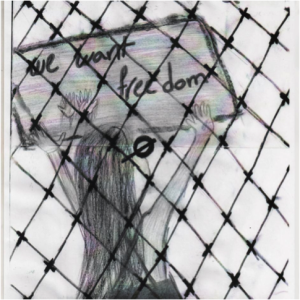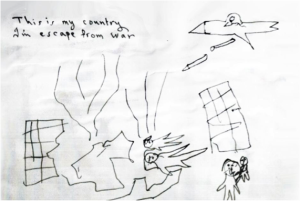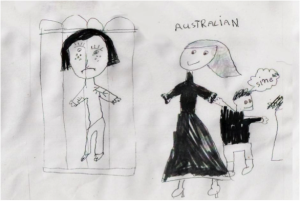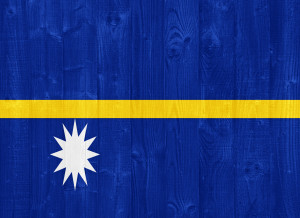 PNG High Court Rules Manus Island Detention Centre Illegal, demanding its closure
PNG High Court Rules Manus Island Detention Centre Illegal, demanding its closure
On Tuesday 26 April 2016, the Papua New Guinea Supreme Court ruled that the detention of refugees on Manus Island is illegal under PNG Law.
Refugees detained on Manus Island had previously attempted to seek asylum in Australia and were being processed offshore in PNG.
The decision turned on the interpretation of the nation’s constitution. The full bench agreed that the detention centre violated Section 42 of the Papua New Guinean constitution relating to the deprivation of the liberty of a person.
This section lists extensive conditions for the exemption of a person’s liberty but the judges found that the indefinite placement of asylum seekers on the island and the duress experienced during detention meant that the policy was “unconstitutional and therefore illegal”.
The ruling, which was finalised by Justices Kandakasi and Higgins, settled questions surrounding the breach of both Papua New Guinea’s constitutional law and the severe breach of international human rights law, including the neglect to international conventions against torture which both Australia and PNG are signatories.
The court summary also provides a consensus that both Australia and PNG Governments responsible for the inhumane immigration policy take every step necessary to end and prevent the violation of Papua New Guinea’s constitutional laws and the human rights of people within PNG’s borders.
The decision has been praised as a victory by human rights agencies and the refugee community more broadly
PNG’s Prime Minister, Peter O’Neil, has also released a statement that the country will close the detention centre, adding that the time for its closure is yet to be negotiated with Australia.
In a joyous response, Iranian Refugee and activist Behrouz Bouchani has described the decision as a historically great day in the lives of refugees, as the 850 detainees remaining on the island received the news of the centre’s closure.
In response to the Supreme Court’s ruling and decision of the Papua New Guinean Prime Minister, Australia’s Immigration Minister, Peter Dutton pointed out that although the ruling was binding on PNG, It would not shift Australia’s stance on its immigration policy, amidst rumours to expand capacity on Christmas Island (as reported in various media outlets).
The decision was also described as a “concern” by Labour’s immigration spokesman, Richard Marles.
Save the Children staff are hopeful that the decision will open up a dialogue between governments across the Asia-Pacific region about the wider refugee crisis, and have encouraged countries to use the decision as an opportunity to act collectively to mitigate the wider implications of displacement crises across the world.
The urgency of the situation has been reinforced following the tragic news emanating from Nauru this week.
Footage emerged of a distressed Iranian man engaging in self-immolation outside the Nauru Detention Centre. The 23 year- old man known as Omid died in a Brisbane hospital after being airlifted from Nauru following the incident.
The radical act of protest is not an isolated event with Immigration Minister Peter Dutton confirming that other detainees have, or have attempted to, self harm in the detention centre.
Although this tragic incident may be seen by some as a stunt to coincide with the arrival of UNHCR staff on the island, it further reiterates the urgent need for an upheaval of Australia’s immigration policies.
 PNG High Court Rules Manus Island Detention Centre Illegal, demanding its closure
PNG High Court Rules Manus Island Detention Centre Illegal, demanding its closure A call for equality
A call for equality




